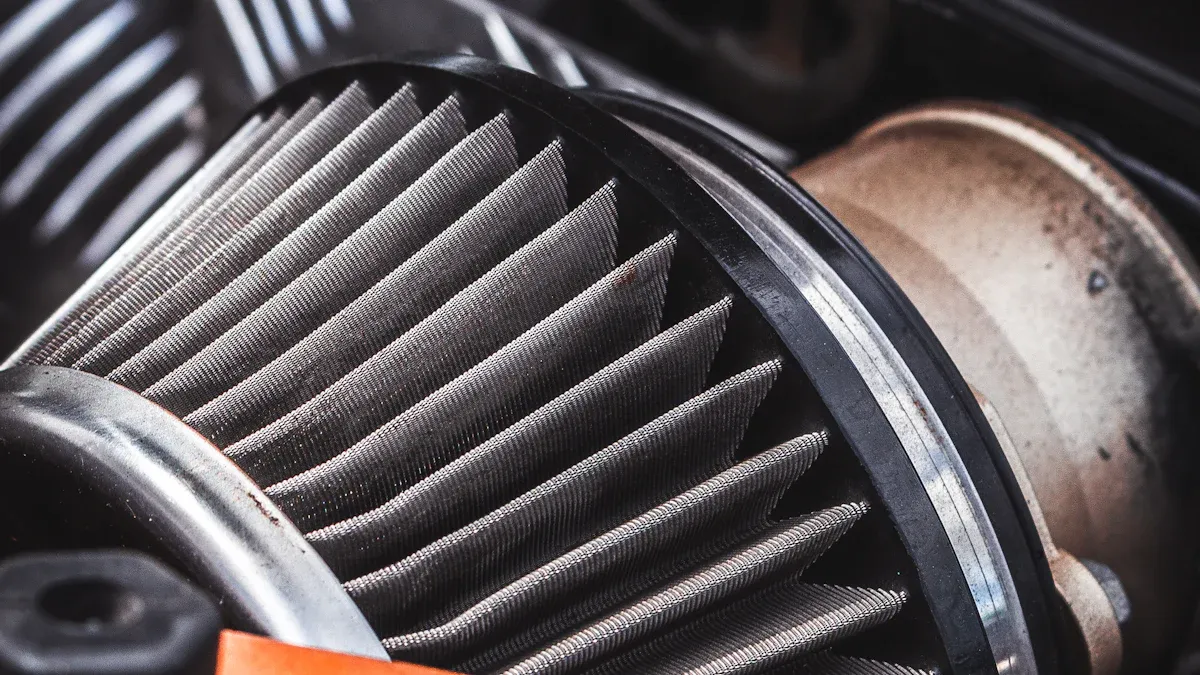Soldering is a fundamental technique used in various industries, from electronics to plumbing. However, it can be frustrating when your solder keeps breaking, leading to faulty connections and wasted time. In this blog post, we will delve into the reasons behind this issue and provide practical solutions to ensure successful soldering every time.
- Understanding the Basics of Soldering:
Before we explore the reasons for solder breakage, let's briefly review the fundamentals of soldering. Soldering involves melting a filler metal, known as solder, to join two or more metal components. The solder forms a strong bond as it cools and solidifies, creating a reliable electrical or mechanical connection. - Inadequate Flux Application:
Flux plays a crucial role in soldering by removing oxidation from the metal surfaces, allowing the solder to adhere properly. Insufficient or improper flux application can lead to weak solder joints, causing them to break easily. We will discuss the importance of flux selection and application techniques to ensure optimal soldering results. - Incorrect Temperature Control:
Temperature control is vital during soldering, as both excessive and insufficient heat can cause solder joint failure. High temperatures can weaken the solder, leading to brittleness and eventual breakage. On the other hand, low temperatures may result in incomplete bonding. We will explore the significance of temperature control and provide tips for achieving the ideal soldering temperature. - Poor Soldering Technique:
Improper soldering technique is a common culprit behind solder joint breakage. Factors such as excessive solder, inadequate wetting, and improper solder flow can weaken the joint, making it prone to breaking. We will discuss best practices for soldering, including proper soldering iron usage, solder placement, and joint inspection. - Material Compatibility:
Using incompatible materials can also contribute to solder joint failure. Different metals have varying coefficients of thermal expansion, which can lead to stress on the joint when exposed to temperature changes. We will highlight the importance of material compatibility and suggest alternative soldering methods for dissimilar metals. - Mechanical Stress and Vibration:
In some applications, soldered joints may experience mechanical stress or vibration, leading to their eventual failure. We will explore strategies to reinforce soldered connections, such as using strain relief techniques, mechanical supports, or alternative soldering methods like crimping or brazing.
Conclusion:
Solder joint breakage can be a frustrating issue, but by understanding the underlying causes and implementing proper techniques, you can achieve reliable and durable soldered connections. Remember to pay attention to flux application, temperature control, soldering technique, material compatibility, and potential mechanical stress. By following these guidelines, you can minimize solder breakage and ensure successful soldering in your projects.


